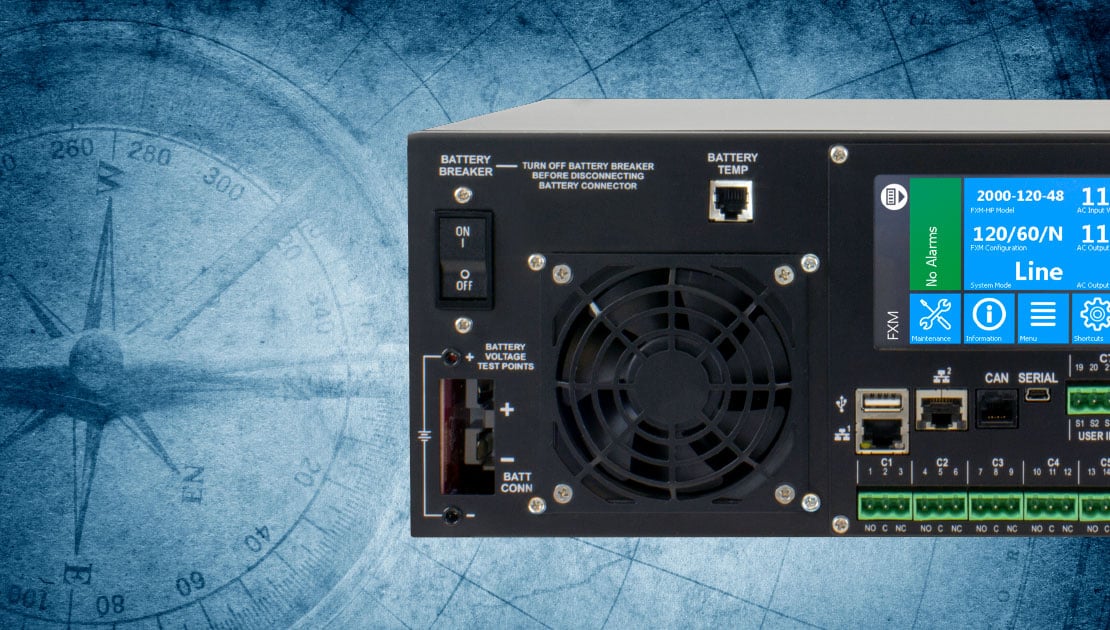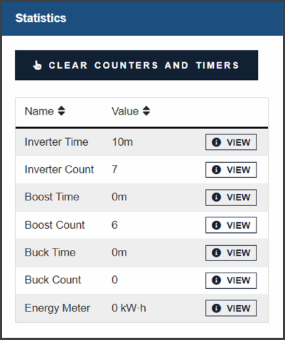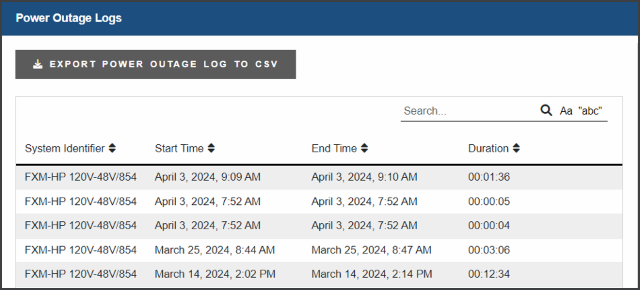Hidden Treasure - Statistics Counters & Power Outage Log

I’ve always been drawn to a good treasure hunt and have really enjoyed searching for geocaches during family vacations. Sometimes treasure is simply the value discovered in things we hadn't noticed or considered before. I think there is hidden treasure in both our legacy UPS and the Alpha® FXM HP UPS.
The first “X” on the treasure map is the Statistics Counters. These counters show the cumulative Inverter, Buck, and Boost events of the UPS since last reset. The way to uncover the treasure is to consistently log these values and reset them every time preventive maintenance is done on the UPS. Doing so will give you year-to-year comparison data. Review the data and if you notice that your inverter counts have drastically increased from the previous year, you’ve just struck gold. Yes, the UPS has done its job and will continue to do so by providing regulated power to your equipment through these interruptions, however a large and sudden increase in events points to a possible loose incoming power connection, and it’s best to get that diagnosed before it leads to a bigger problem. You can find the statistics in the Alpha® FXM HP UPS by touching the white circle in the upper left corner of the LCD two times or by the web pages - System, Status, and scroll down. On the legacy unit LCD - scroll to Status, Select, and then scroll to the values. On the legacy unit web pages - navigate to UPS Maintenance and then Inverter.

The second treasure is the Outage Log. In the legacy unit you will have to download the event log and then either parse out the inverter and power restore times by hand to get the data or use my event log macro and it will do it for you automatically. The Alpha® FXM HP UPS already has this done as shown below and is found under the Logs menu. You can then take this data to see how long your typical outages are by taking the csv file into your favorite spreadsheet program and make graphs or pivot tables for clearer reporting. The diamond in the rough here is the data. I have had many agencies use this data to show the value of having UPS systems besides the obvious safety factor. They have used the data to show why they are important, and many have been successful in acquiring more funding for systems.

Wishing you success in your treasure hunting with UPS and in all the adventures that lie ahead.
Make it a great day!

Mike Olsen
Senior Technical Sales Representative
Caution Concerning Forward-Looking Statements
EnerSys is making this statement in order to satisfy the “Safe Harbor” provision contained in the Private Securities Litigation Reform Act of 1995. Any of the statements contained in this article that are not statements of historical fact may include forward-looking statements that involve a number of risks and uncertainties. A forward-looking statement predicts, projects, or uses future events as expectations or possibilities. Forward-looking statements may be based on expectations concerning future events and are subject to risks and uncertainties relating to operations and the economic environment, all of which are difficult to predict and many of which are beyond our control. For a discussion of such risks and uncertainties that could cause actual results to differ materially from those matters expressed in or implied by forward-looking statements, please see our risk factors as disclosed in the “Risk Factors” section of our annual report on Form 10-K for the most recently ended fiscal year. The statements in this article are made as of the date of this article, even if subsequently made available by EnerSys on its website or otherwise. EnerSys does not undertake any obligation to update or revise these statements to reflect events or circumstances occurring after the date of article.


